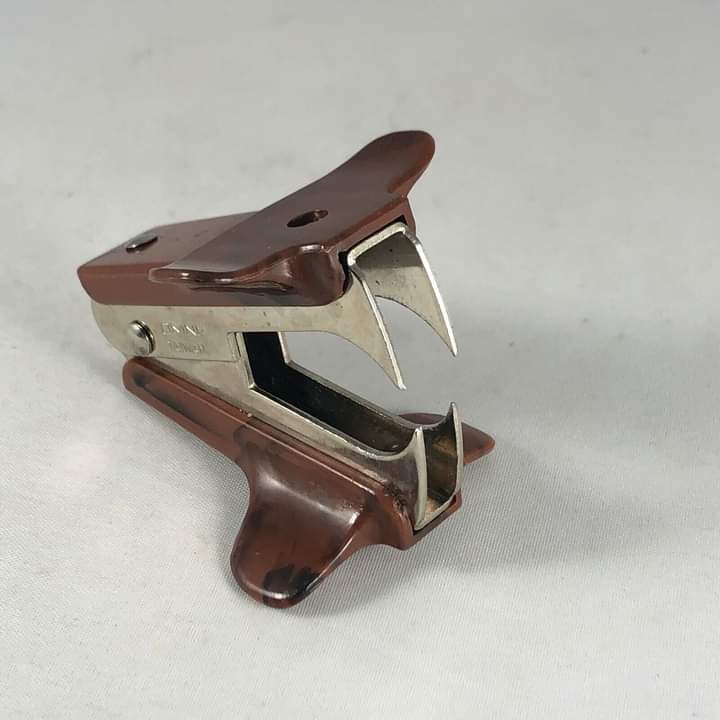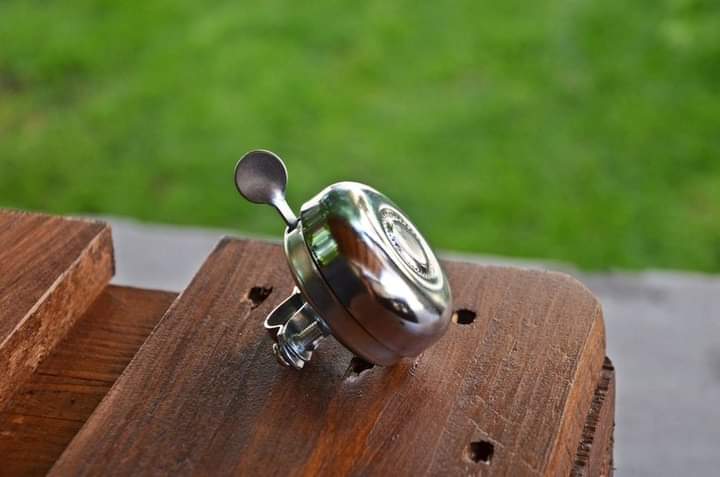Though often overshadowed by its more prominent counterpart, the stapler, the staple remover has been quietly aiding office workers, students, and home users for decades. Its journey from inception to modern usage reflects a fascinating evolution in office efficiency and design.
The staple remover first made its appearance in the early 20th century, around the same time as the development of the stapler. Before its invention, removing staples from paper was a cumbersome task, often resulting in damaged documents. The need for an efficient way to extract staples without harming the paper led to the creation of the staple remover.
The first patent for a staple remover was filed in 1933 by William G. Pankonin, an inventor who recognized the necessity for a dedicated tool to facilitate staple removal. This early design was simplistic, often resembling a claw or tong-like device that manually pulled out staples. As the demand for more efficient office tools grew, so did the development of staple removers.
In the 1950s, the design of the staple remover underwent a significant transformation. The now-iconic “jaw-style” remover, often credited to Joseph A. Foitle, became popular. This design featured two metal jaws with serrated teeth that could easily slide under a staple, gripping it firmly and removing it with a simple squeeze. This innovation made staple removal faster, easier, and safer for documents.



